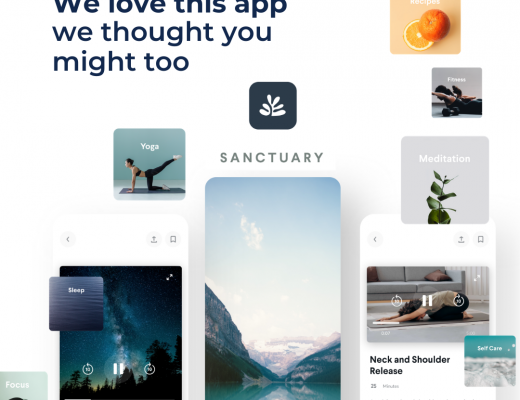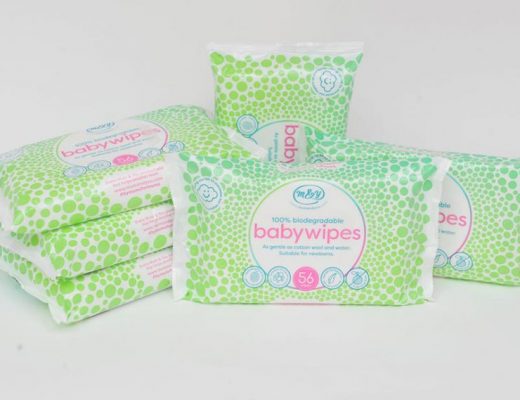The summer months often mean more travelling around with children, whether that’s day trip or longer travel for holidays in the UK or abroad. So we’ve pulled together our top tips for packing and keeping babies entertained no matter your mode of transport.
Day trips
- Essentials First: Nappies, plastic free baby wipes, a changing mat, and a few plastic bags for soiled nappies or clothes or to sit on
- Clothing: Bring a change of clothes for the baby and an extra top for yourself.
- Feeding Supplies: Include formula or breast milk, bottles, snacks, a sippy cup, bibs and muslins. Consider a small cool bag to keep things chilled on warmer days. Water bottle for you and toddlers.
- Comfort Items: A fave teddy or blanket to soothe your child.
- Entertainment: Pack a couple of favourite toys and small light books. Crayons and smaller colouring for older children. A tablet with their fave programmes pre-downloaded
- Sun Protection: Bring sunscreen, a hat, and sunglasses – you never know when the weather will turn sunny!
- First Aid Kit: Have a small kit with plasters, antiseptic wipes, calpol and any necessary medications.
- Hygiene: hand sanitizer and antibacterial wipes for surfaces is handy when out and about
- Wet weather prep: Pack a light jacket or raincoat depending on the forecast.
- Picnic blanket – depending on your activity, a foldaway blanket you can clip onto your bag is handy

Long car journeys
- What to pack – all the above!
- Consider moving your seat – if you’re travelling with a younger baby, you may want to try switching seats so that you can sit in the middle next to your baby if possible. If putting older children at the front, turn off the air bag. A car mirror on the back seat is handy for you to see back
- Frequent Breaks: Plan for regular stops to let your child stretch and play. The maximum time a baby can be in their car seat is 1.5 hours before they need to get out.
- Entertainment: As well as the above tips, try music or audio stories. Wrap up small toys in paper so it feels extra exciting, and look for travel toys like mini sketchers.
- Snacks and Drinks: You’ll need a variety of snacks and drinks accessible. Avoid dairy, chocolate and heavy foods which can lead to car sickness or mess (hello melting chocolate!). A lunchbox and snack pots are handy for older children to hold
- Window Shades: Use sunshades to protect your child from direct sunlight.
- Packing Organization: Keep essentials like nappies, wipes, and snacks within easy reach. Keep a spare set of clothes separate to your main luggage incase its needed
- Portable Potty: If your toddler is potty training, bring a portable potty and flushable wipes.
- Familiar Items: Bring familiar items like their pillow, blanket, or stuffed animal for comfort.
Travelling Abroad
- Carry on bag – as well as the tips above for day trip, carry a few extra outfits and one swimwear each on the plane incase your main luggage goes missing. Use a pouch or sandwich bag with a pack of wipes and a few nappies inside so that’s it easier to grab and carry onto the smaller toilets. Keep an extra pack of wipes to hand for wiping hands and faces. Our Face The Day Stick is under 100ml and will keep you and your baby’s skin moisturised from that dry air con
- Travel Documents: Keep all your passports, visas, and any necessary travel documents together in one pouch so its easy to find and grab.
- Health: Pack a first aid kit in your main luggage and a small one for the plane with plasters and any prescription medications. You can take Calpol through security and may be needed for sore ears
- Packing Nappies and Wipes: Pack more nappies and wipes than you think you’ll need. Use vacuum-sealed bags to save space. If you have a Mum & You subscription, log in to move your delivery forward or push it back while you’re away.
- Clothing: Pack light, easy-to-wash clothes that don’t need ironing. Include swimwear, sunhats, and light cardigans. Try Ferne McCann’s packing hacking. Pop a nappy on a vest, add the outfit, roll it all up together and pop it inside a pocket of a hanging shoe oraganiser. Fill it up, fold it over and pack. Then simply hang it up when you arrive. Genius!
- Travel Cot: Consider bringing a portable travel cot if your accommodation doesn’t provide one. Check the airline’s rules for what you can check in
- Familiar Food: Bring some favorite snacks to ease the transition to new foods.
- Adapters and Chargers: Ensure you have the correct adapters for your electronic devices. A multi USB plug and short extension lead are handy for multiple charging
- Baby Carrier or Stroller: Depending on your destination, bring a baby carrier for ease of movement or a lightweight stroller.
Tips for the Plane
- Comfort: Dress your child in comfortable layers that are easy to remove/change. Planes can be hot or cold.
- When to get on – Get on towards the end of the queue to give children extra time to burn off some energy
- Taking off/landing – plan milk feeds for when you take off/land as the sucking helps to pop baby’s ears. For children, sweets they can suck and chew will help or drinking from a straw
- Entertainment: Pack toys, books, and a tablet with headphones. Rotate toys to keep them engaged. Triangle crayons are handy as they don’t roll. Pack toys in their own pouch so they’re easy to find. Avoid small, fiddly toys that are easily dropped and lost
- Sleep: Bring a blanket or their favourite sleep item to help them nap.
- Plan Seating: If possible, book a seat with extra legroom or near the bulkhead for more space.

Travelling on Trains
- Book Ahead: Reserve seats in advance, ideally in a quiet coach or family-friendly section. Try to get a table seat for more space.
- Travel Light: Use a lightweight stroller or baby carrier for easy mobility through the train station. Consider a backpack diaper bag for convenience.
- Timing: If possible, choose travel times that coincide with your child’s nap schedule to increase the chances they will sleep during the journey.
- Seating: If the train is not too crowded, let your toddler move around a bit to stretch their legs. In busy periods, keep them entertained with toys or games at your seat.
- Accessibility: Look for train stations and carriages with good access for strollers. Some trains have dedicated spaces for prams and additional luggage.
- Toilet Breaks: Be prepared for limited space in train toilets. Use the changing mat and have wipes readily accessible.
Tips for Car Sickness
- Positioning: Keep your child’s car seat in a position where they can see out the window.
- Ventilation: Ensure good airflow in the car.
- Light Snacks: Avoid heavy meals before traveling. Light snacks like crackers can help. Avoid dairy like yoghurt and chocolate. Older children may like sucking on a mint. Keep their water bottle in easy reach.
- Ginger: Ginger products (biscuits, drinks) can help with nausea.
- Distractions: Engage your child with music, singing, games, audio books or conversation to keep their mind off the motion. Try not to talk about it.
- Frequent Breaks: Stop regularly to give your child fresh air and a chance to move around. If they suddenly look pale, that could be a sign they may be sick soon so plan to stop if you can
- Route: See if you can find a less windy route, even if it means slightly longer travel time
- Medication: Consult with your pharmacy about safe motion sickness medications if needed.
- Avoid Screens: Looking at screens can worsen car sickness. Encourage looking out the window instead.
- Easy clean up – Keep spare carrier bags close by for your child to be sick in (check for holes!) and for putting soiled clothes in, or a plastic bowl if space. Keep some kitchen roll and wipes in reach.
We hope these tips help. Happy travels!





No Comments